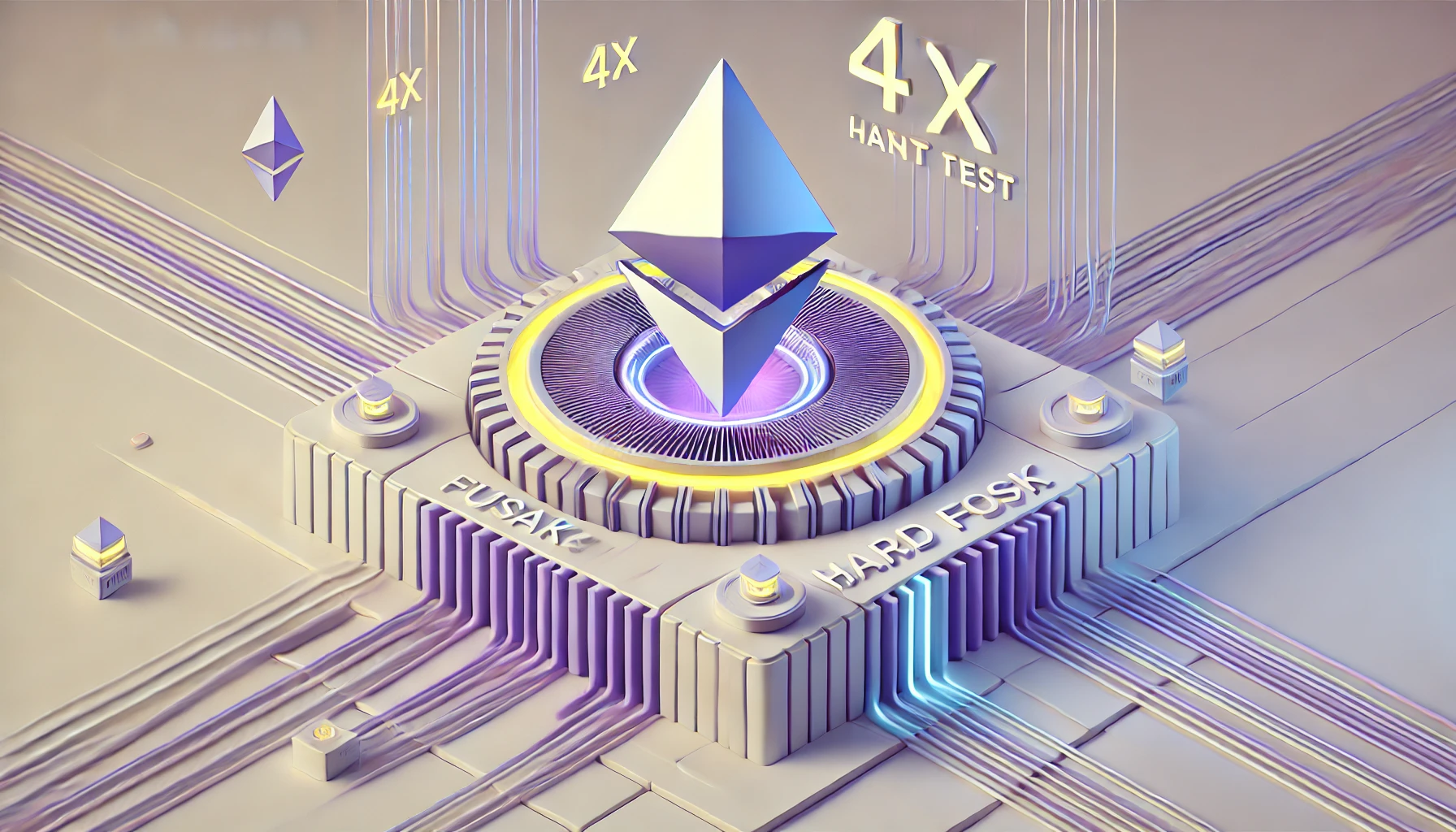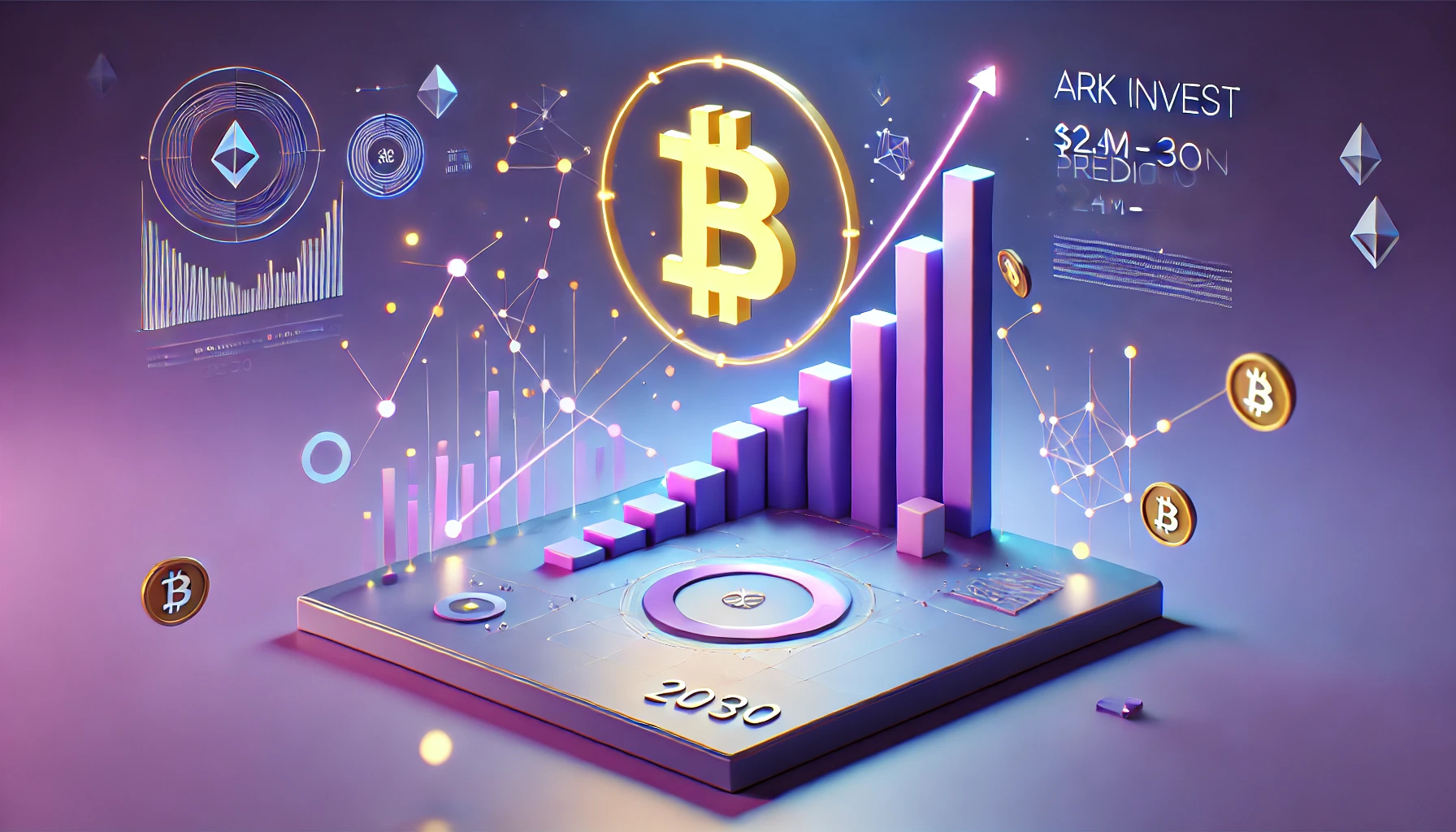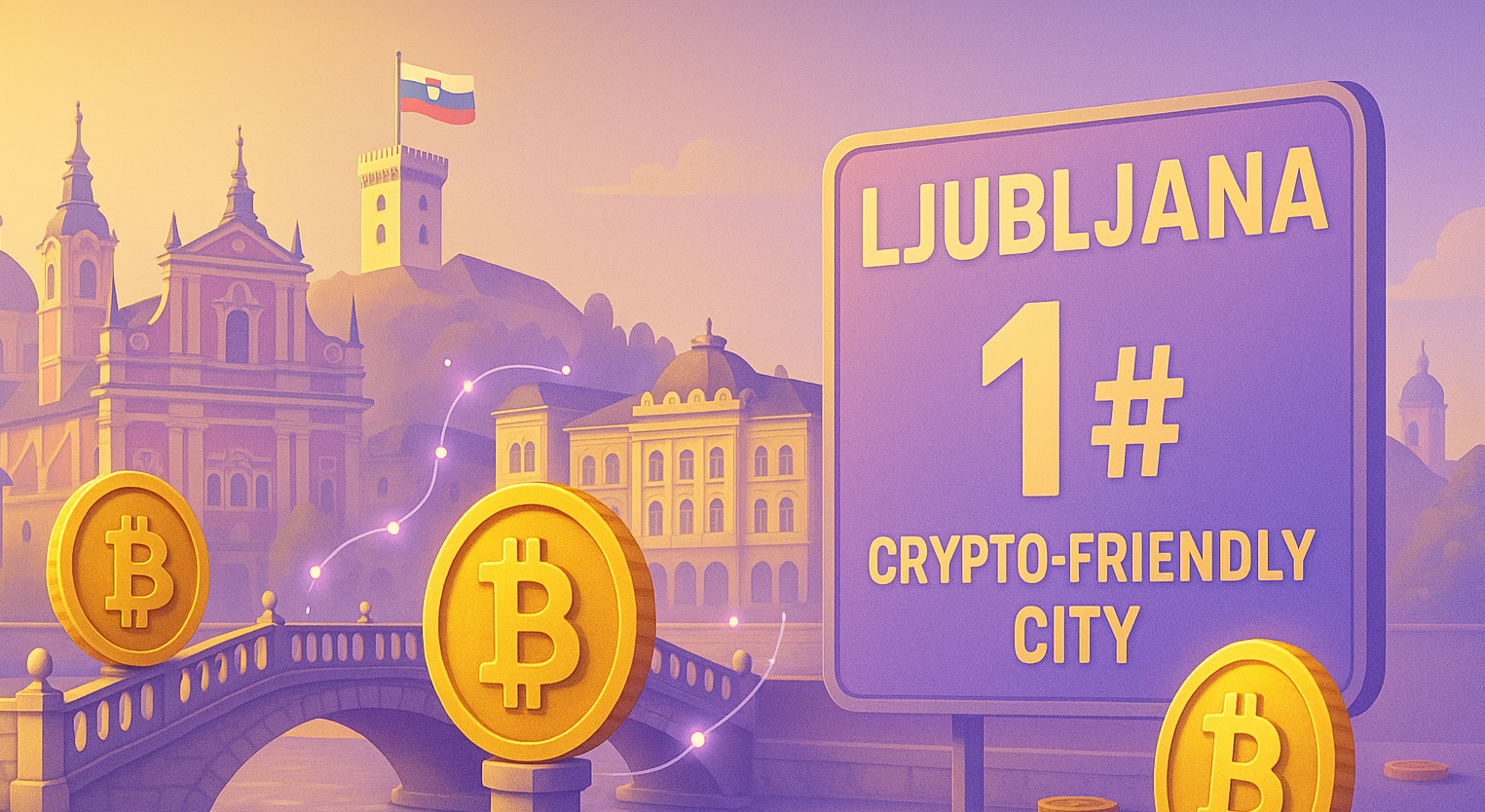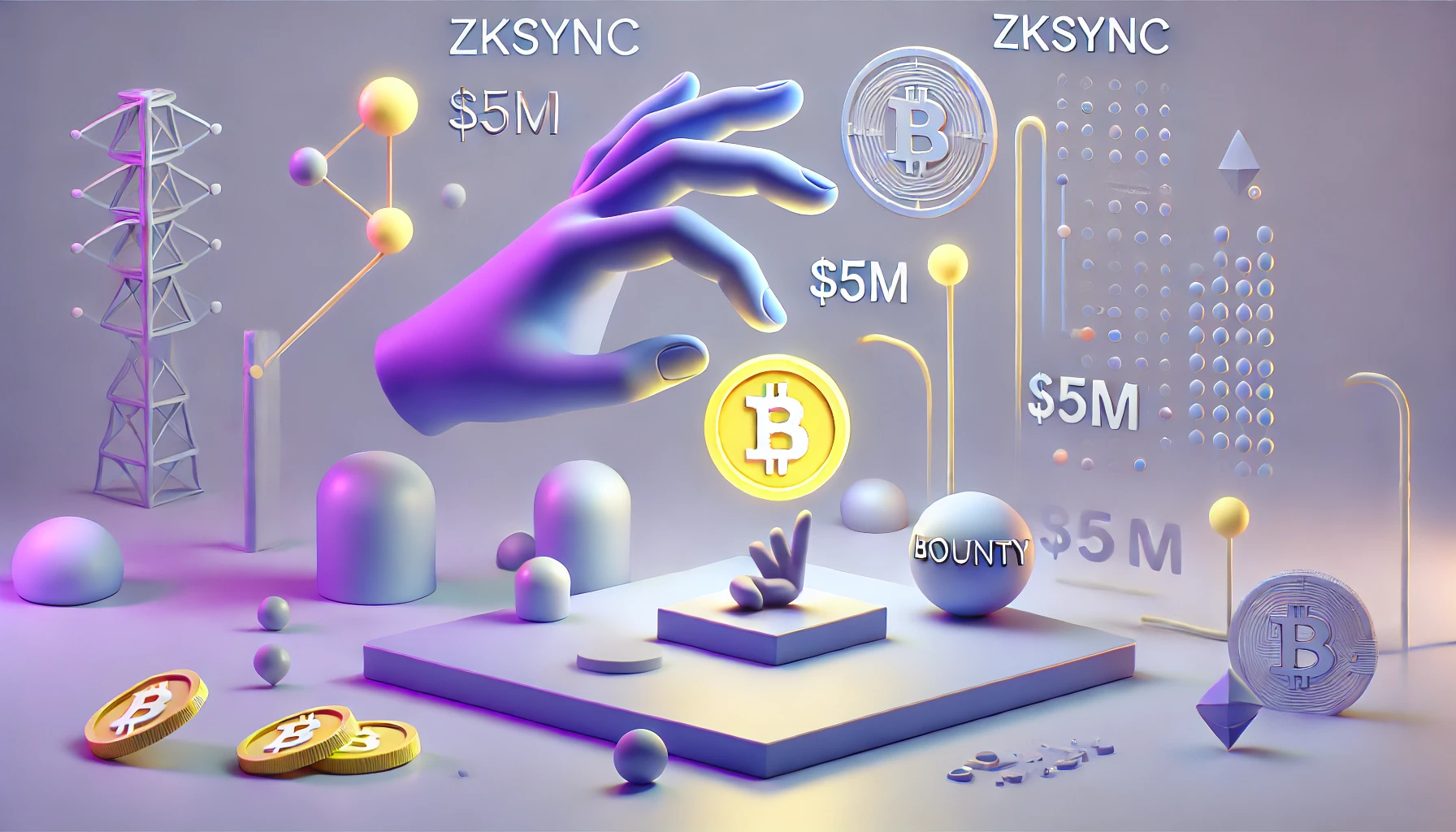In the world of cryptocurrencies, the term “tokenomics” comes up frequently. But what exactly is tokenomics? A contraction of the words “token” and “economy”, this concept encompasses all the economic rules governing a digital asset. In other words, tokenomics forms the economic backbone of a crypto project, influencing its value, supply, demand and utility.
Why is it so crucial? Quite simply because well-designed tokenomics promotes a balance between scarcity and accessibility, encouraging token adoption and use over the long term. Conversely, poor management can lead to excessive inflation or investor disinterest, jeopardizing the viability of the project.
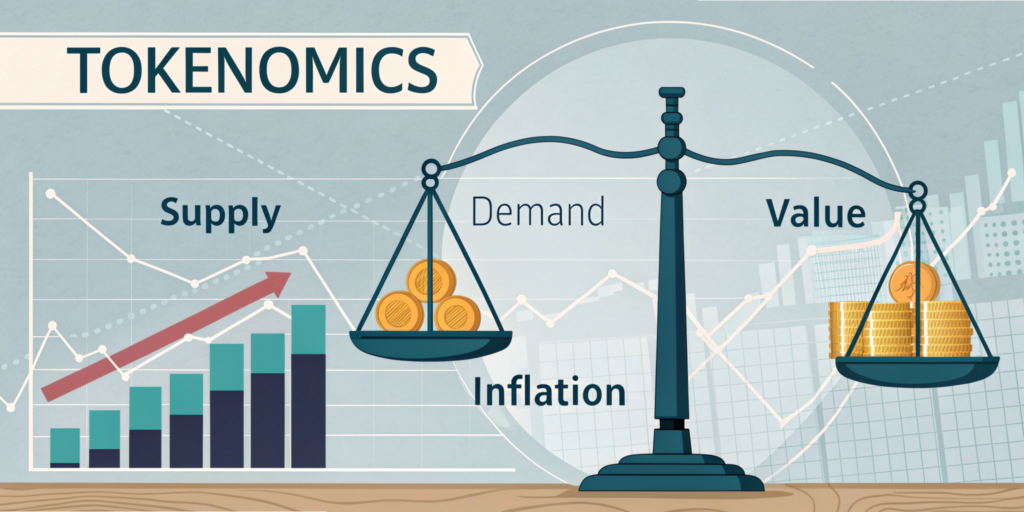
Tokenomics Fundamentals
Tokenomics rests on several essential pillars:
- Issuance and supply: Excessive issuance of tokens can lead to uncontrolled inflation, while limited supply combined with strong demand can gradually increase their value.
- Token distribution: The way tokens are distributed has a direct impact on investor confidence and project sustainability. Tokens can be distributed via fundraising, airdrops or a mining system.
- Token usefulness: A token can be used for a variety of purposes, such as paying transaction fees, accessing exclusive services, participating in the governance of a protocol or generating passive income through staking.
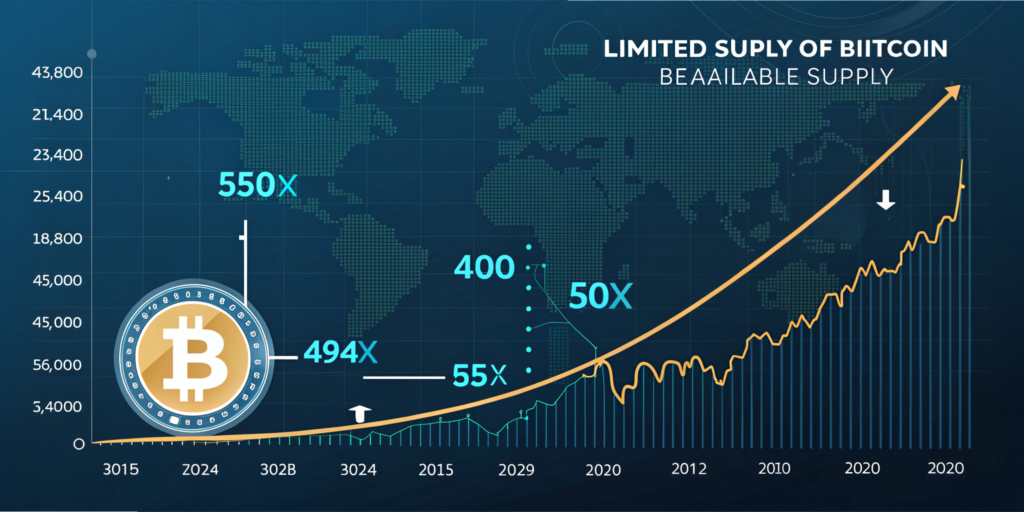
Supply Reduction Mechanisms
In order to maintain the value of a token and prevent inflation, several mechanisms are often put in place:
- Token burn: This process consists of destroying a portion of the tokens in circulation to reduce their supply and thus increase their scarcity. Binance Coin (BNB) applies this strategy with quarterly burns.
- Staking: By staking their tokens in exchange for rewards, holders reduce the supply available on the market, which can stabilize or boost the price.
- Lock-up: This method imposes a lock-up period on tokens, preventing sudden, massive sales that could lead to excessive volatility.
The impact of Tokenomics on investors
Tokenomics plays a central role in investor decisions, influencing the value, stability and potential growth of an asset. Here are the main factors to watch out for:
- Supply management: misallocation of tokens can lead to inflation or price instability.
- Token concentration: Too large a share held by the founding team or a few investors increases the risk of dumping.
- Incentive mechanisms: Reward programs and decentralized governance are major levers for ensuring the sustainability of a project.
Real-life examples of successful Tokenomics
Some projects have taken advantage of well-thought-out tokenomics:
- Ethereum (ETH): the EIP-1559 update introduced an automatic burn mechanism for transaction fees, gradually reducing the supply in circulation.
- Binance Coin (BNB): By combining strong demand (reduced fees on Binance) and regular burns, BNB has consolidated its business model.
- Axie Infinity (AXS): Its attractive rewards system and participative governance have boosted community involvement.
- Polkadot (DOT): Staking plays a key role, locking in part of the supply and encouraging network security.
Tokenomics is a fundamental pillar of a successful crypto project. A well-thought-out design ensures a balance between supply and demand, a transparent distribution of tokens and incentive mechanisms favoring sustainable growth.
For investors, analyzing a project’s tokenomics is essential before placing funds into it. As the crypto ecosystem evolves, understanding these dynamics becomes a major asset in navigating the cryptocurrency market with foresight.
Overview of key Tokenomics elements
| Element | Definition | Impact on token value |
|---|---|---|
| Issue and offer | Total number of tokens created and outstanding | Excessive supply can lead to inflation, while limited supply can drive up prices. |
| Token distribution | Token distribution methods (ICO, airdrop, mining, etc.) | Balanced distribution boosts investor confidence |
| Token usefulness | Token use cases (payments, staking, governance, etc.) | The more useful a token is, the more in demand and attractive it is. |
| Token burn | Destruction of part of the tokens in circulation | Reduces supply and potentially increases scarcity and value |
| Staking | Blocking tokens in exchange for rewards | Reduces available supply, stabilizes prices and builds investor loyalty |
| Lock-up | Period during which certain tokens cannot be sold | Prevents mass selling that could destabilize the price |
| Concentration of tokens | Breakdown of fees between investors and founders | Excessive concentration can lead to mass sales and the risk of dumping |
| Incentive mechanisms | Rewards, decentralized governance, loyalty programs | Promotes user engagement and project growth |
This chart visualizes the key elements influencing the value and stability of a token, providing an essential analysis tool for investors.







